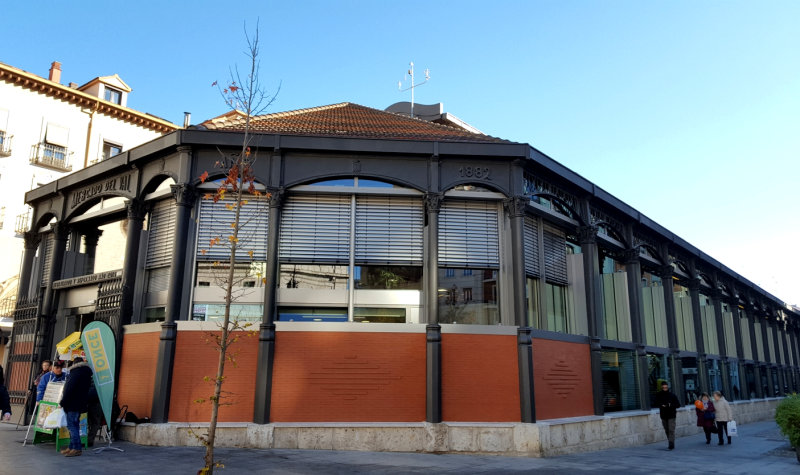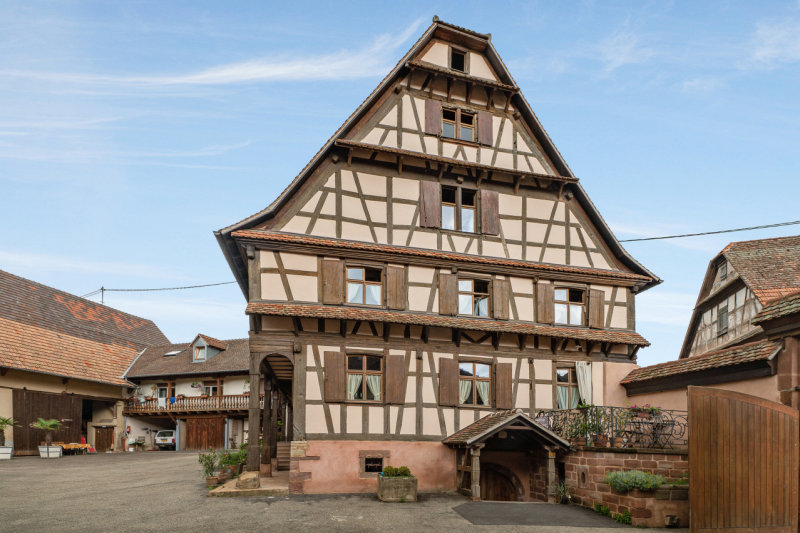Posted: March 2, 2020

Photo: Javier Antolín Gutiérrez (CARTIF)
Historic buildings make up 30 % of the European building stock and account for more than a third of the total energy consumption in the residential sector across the EU. However, architects and building owners are often lacking information about how to retrofit historic buildings while keeping their aesthetic and historic values intact. This is why the international research platform Renovating Historic Buildings Towards Zero Energy created an online platform called Historic Building Energy Retrofit Atlas (Hiberatlas) to showcase successfully retrofitted historic and listed buildings. This activity is part of the IEA Solar Heating and Cooling Programme where around 400 researchers from around the world work on a wide range of topics. The photo shows one of the Hiberatlas examples the market building in Valladolid, northwest Spain, with its historic steel structure from the year 1882.
“Historic buildings are an integral part of the cities and the landscape, but to keep them in use, they need to become comfortable and affordable,” says Alexandra Troi, Coordinator of Renovating Historic Buildings Towards Zero Energy . “The online presentation of successful case studies and proven retrofit solutions is a valuable tool and a source of inspiration for further projects aiming to significantly reduce the energy consumption of historic and heritage buildings.”
The current beta version of Hiberatlas includes more than 10 examples representing a wide variety of building types, among them a warehouse from Denmark, an Italian villa, and a coal silo from Switzerland. The platform should grow to more than 50 case studies during 2020, of which some will also include solar thermal solutions as part of the retrofitting measures.
In France the online platform highlights the renovation of a timber-framed house in Alsace (see photo below). It belongs to the same family since the 17th century. The owner wanted to prove by a real example that it is possible to live in a heritage building with all modern convenience, but at annual energy costs of a third. The deep renovation included among others new windows, a vapour retarder in the roof, insulation of the attic floor and a pellets boiler for space heating and hot water.

Only a third of the annual energy costs are needed after renovating this timber-framed house in Alsace
Photo: Denis Elbel, maitre d’ouvrage / architecture : Jean Christophe Brua
Navigation of the Hiberatlas follows the planning process
“The structure of Hiberatlas is based on the planning process in order to help building owners with their own decision-making process”, explains Troi. The first step is a detailed description of the building including the analysis of the heritage value. In the second step the architect must define the aims of the retrofit in cooperation with the building owner. “This second step is often ignored, but it is important to make sure that the right measures are chosen for the renovation”, explains Troi.
Each flagship project is described in four sections:
- General information on the building: age, energy performance, size, construction type
- Renovation process: aim of retrofit, lessons learned, stakeholder involvement and tools
- Retrofit solutions: external walls, windows, HVAC, renewable energy systems
- Evaluation: energy efficiency, internal climate, cost, and environment
All projects are illustrated with numerous photos and plans to depict the appearance of the building before and after the modernisation. A special feature of the Hiberatlas is the presentation of the information on two levels. The fast reader who just needs an overview of the project, finds all relevant information on one page. Whereas the specialised user can use dropdown arrows or read more bottoms in all sections to access more detailed figures, plans and photos. The retrofit solutions are described with many details so that architects and planners can easily find out whether a certain measure also fits for their own project.
Find the Hiberatlas at: https://www.hiberatlas.com/
Organisations mentioned in this article:
https://www.iea-shc.org/
http://task59.iea-shc.org/